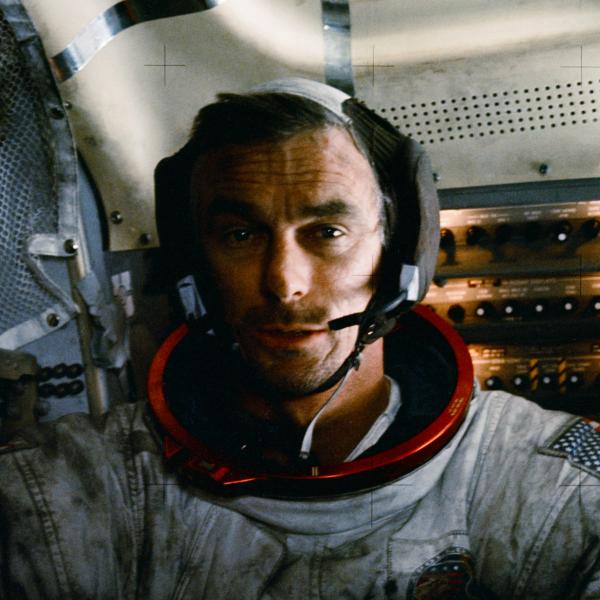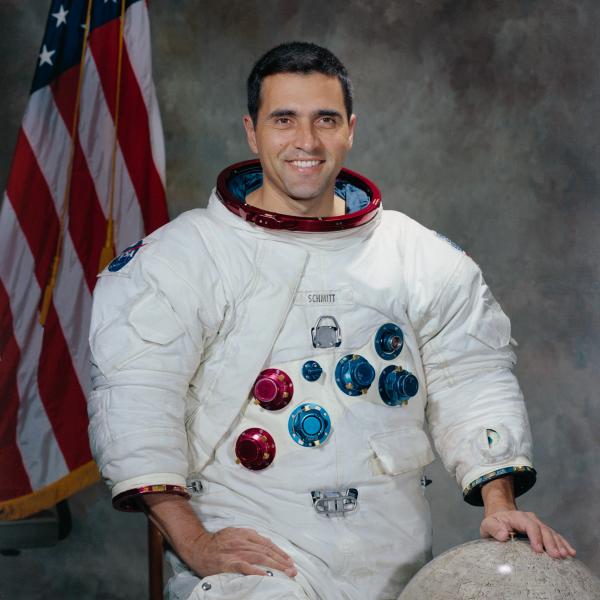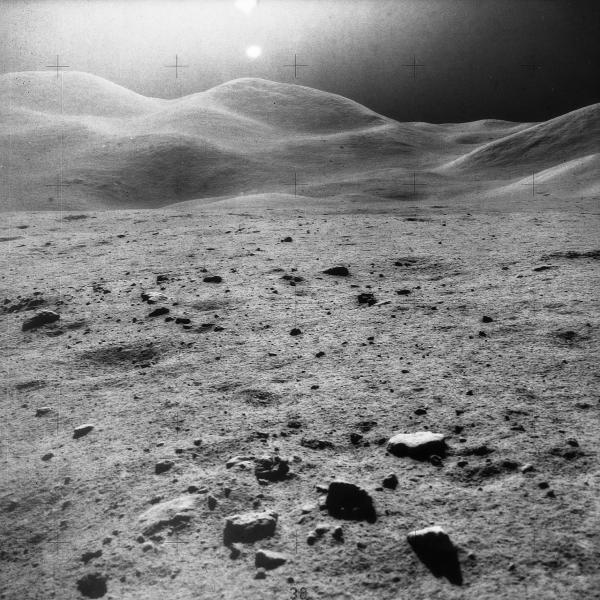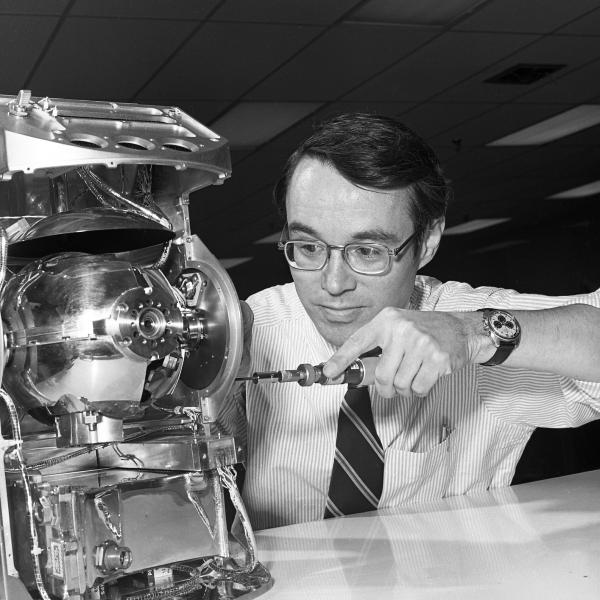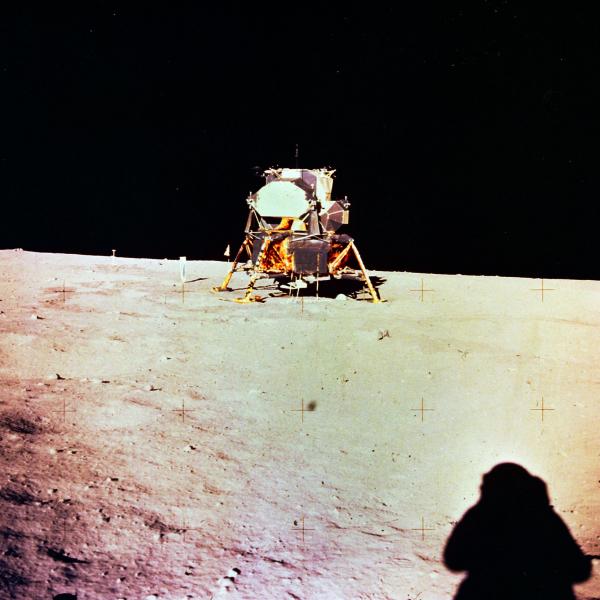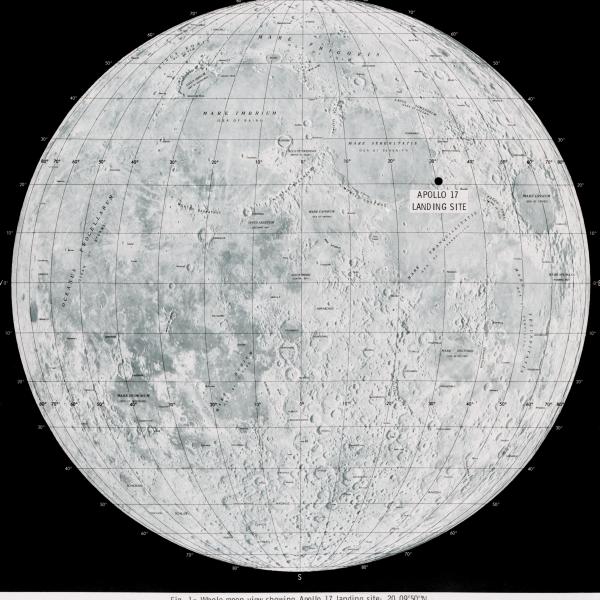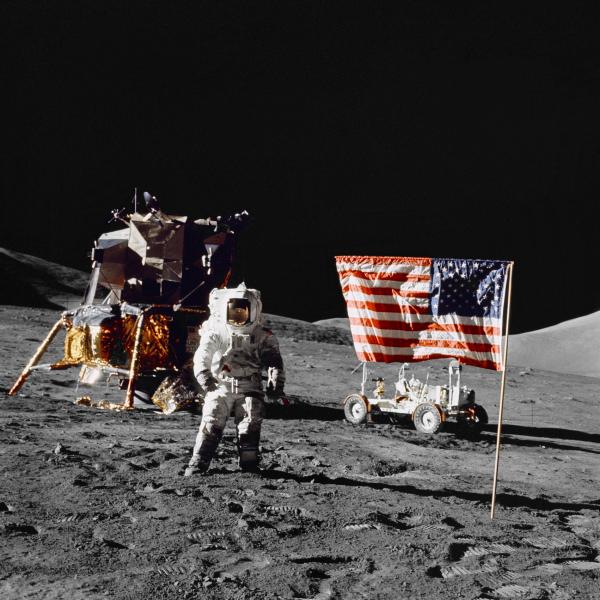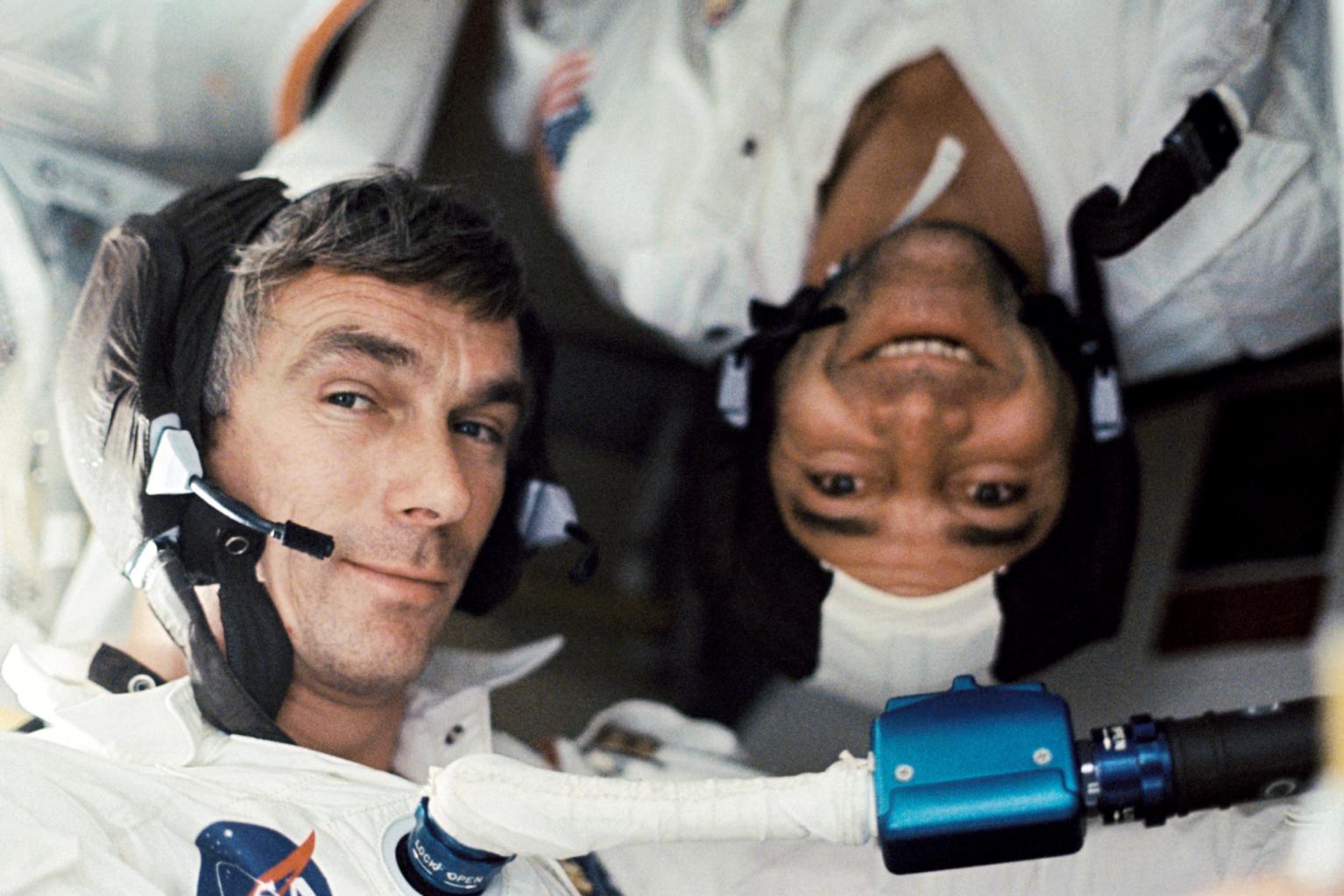
Apollo 17
Did Apollo 17 astronauts uncover an alien presence on the moon?
The last two people to step foot on the moon were Eugene Cernan and Harrison “Jack” Schmitt in Apollo 17. Schmitt was not only one of the last, but was also the first scientist astronaut to do so. The spacecraft launched from Kennedy Space Center at midnight on December 7, 1972. Four days later, Cernan and Schmitt completed the moon landing while their third crewmate, Ronald Evans Jr., circled the moon in the Command Service Module (CSM) awaiting their return from the lunar surface. Their mission was to hack the moon, literally, for geology—meaning collect a lot of different rock and soil samples.
To do that, they landed in Taurus-Littrow, a narrow valley in the moon’s Montes Taurus mountains. They were looking for different samples than brought back by previous missions had collected, older, younger and maybe a bit strange. The older samples were from the highland area and found in the valley walls, while the younger material was in craters and thought to be the result of relatively recent volcanic activity. Schmitt put his geology degree to good use. While collecting rock samples, he found a strange type of alien orange soil. Underneath this orange soil was a dark, black under layer and together they proved that there was once volcanic activity on the moon. This changed scientists’ understanding of the origin of the moon—it's way older than we thought, 4.5 billion years old! The earth is still the moon's older sister, but only by a million years.
Another aspect of Apollo 17 involved getting a Hollywood shot of the Lunar Module (LM) as it lifted off the moon's surface at the end of the mission. They left a camera mounted on the lunar rover to film it—which they tried on Apollo 15 and 16, but both attempts failed. The third time was the charm and the television camera beautifully captured the LM Challenger’s ascent stage liftoff from the lunar surface and into orbit. It was streamed live to news networks all over the United States and the world.
After 75 hours, or three days, on the lunar surface, the Apollo 17 crew returned home. Eugene Cernan is hailed as the last man on the moon because he climbed into the LM after Schmitt, though he and Schmitt were both the last to walk the lunar surface. Their mission was super successful, having the largest batch of lunar samples that led to a new understanding of the moon’s origin, the longest time spent in lunar orbit, the longest amount of time spent on the moon’s surface, and longest total extravehicular activities (EVA), but despite its success Apollo 17 was the last lunar mission and, nearly 50 years later, we still haven't returned to the moon.
